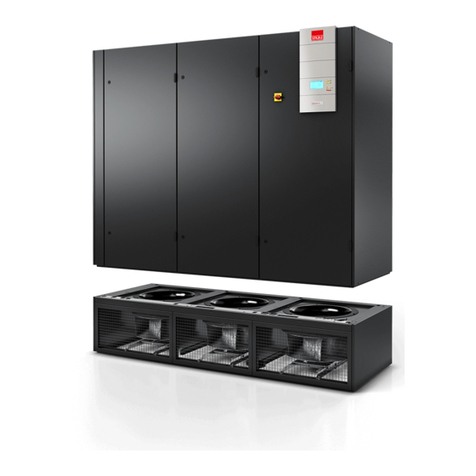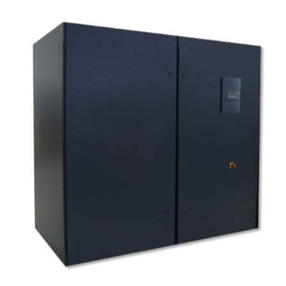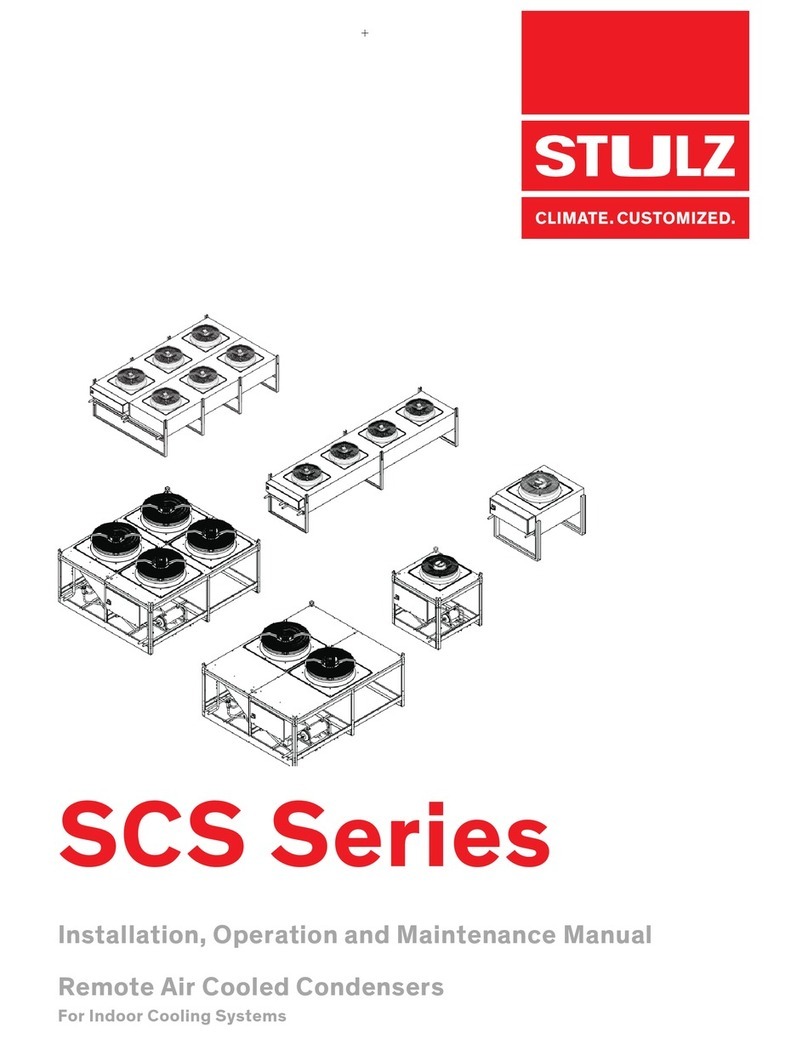Stulz Split-Air CST 40 User manual
Other Stulz Air Conditioner manuals
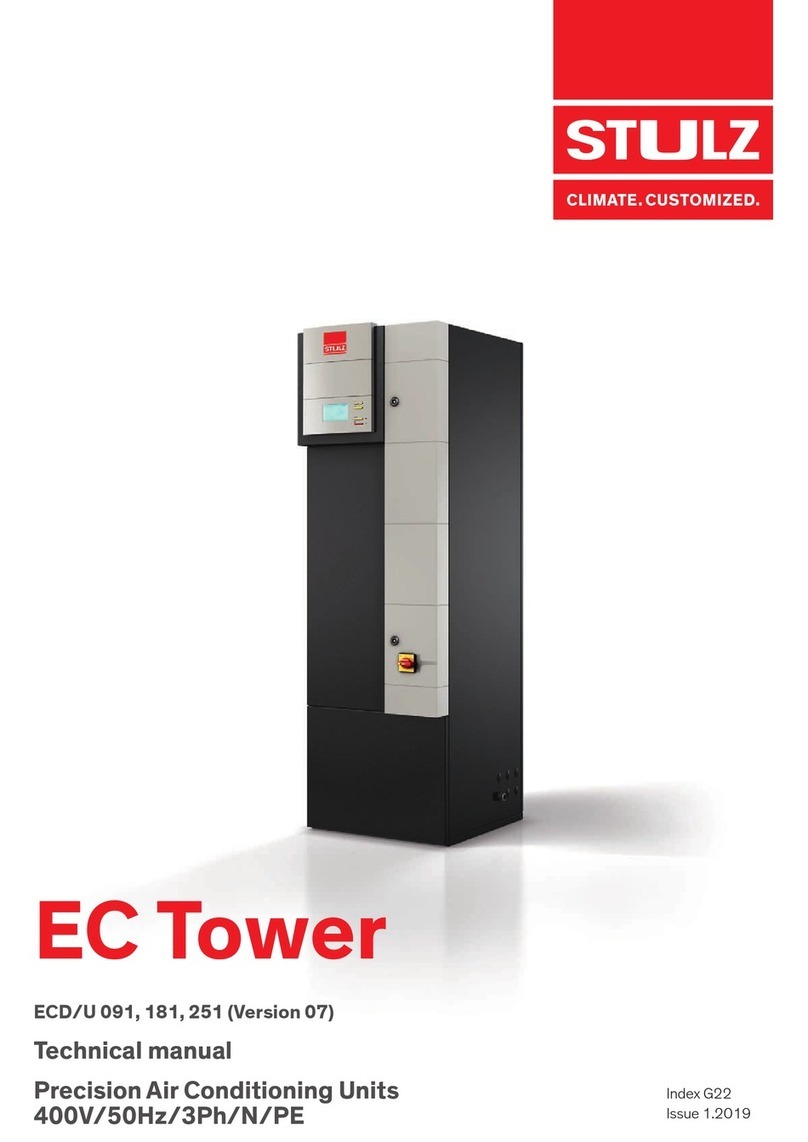
Stulz
Stulz EC Tower ECD 91 User manual
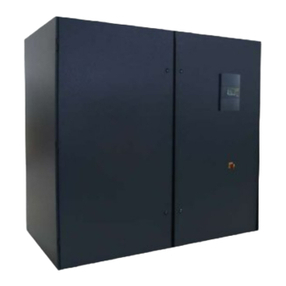
Stulz
Stulz Compact CW Series Instruction manual

Stulz
Stulz MUS 500 User manual
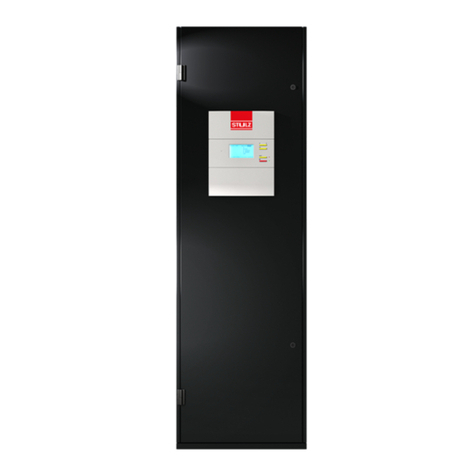
Stulz
Stulz CRS 210 CW User manual
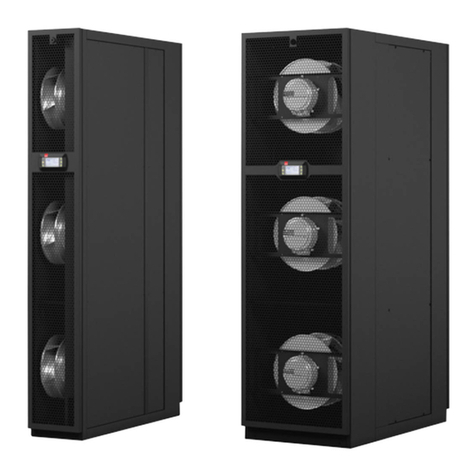
Stulz
Stulz STULZ CyberRow Installation and operation manual
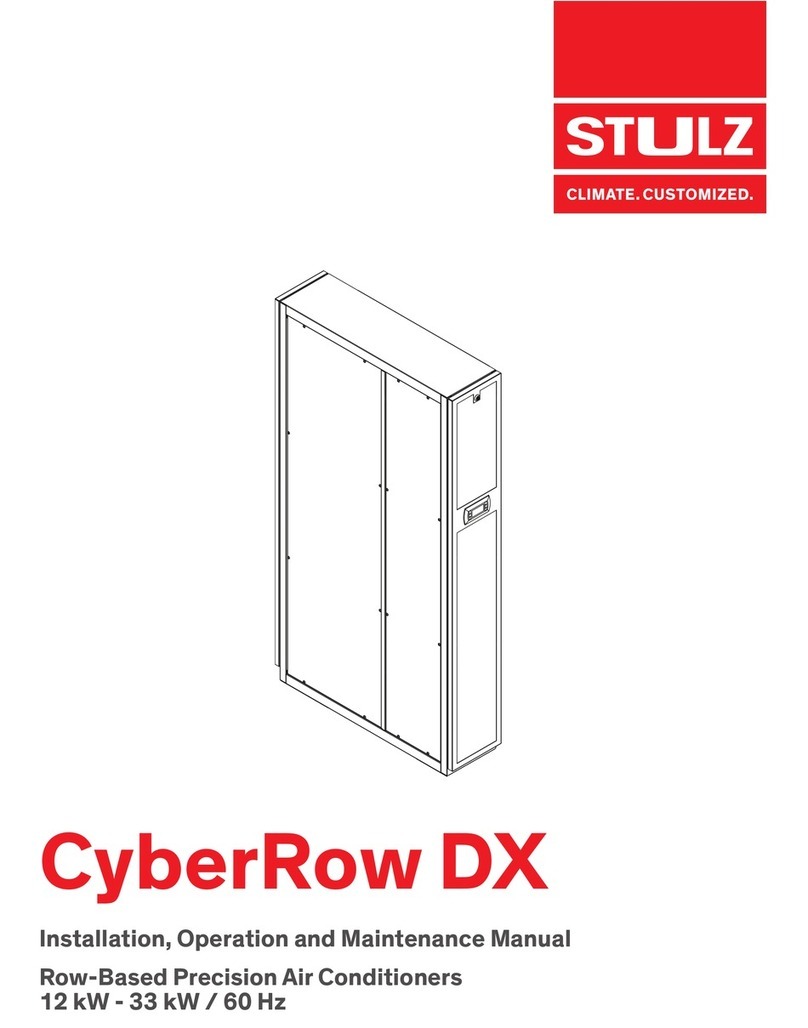
Stulz
Stulz CyberRow DX CRS-042-W User manual
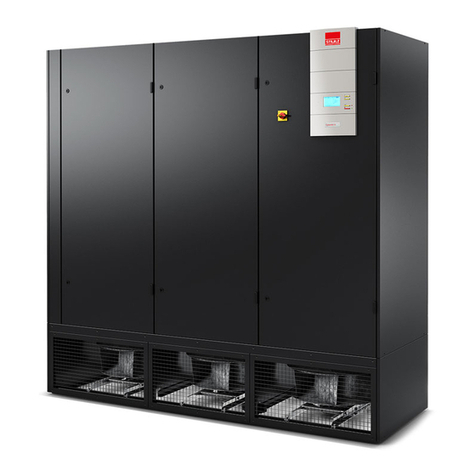
Stulz
Stulz CyberAir 3PRO CW2 User manual
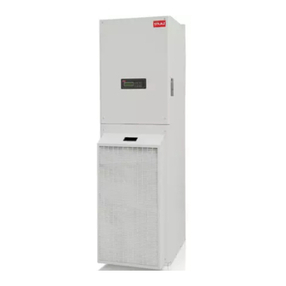
Stulz
Stulz Tel-Air-2 Series User manual

Stulz
Stulz CyberAir DX Series User manual

Stulz
Stulz CeilAiR Series User manual
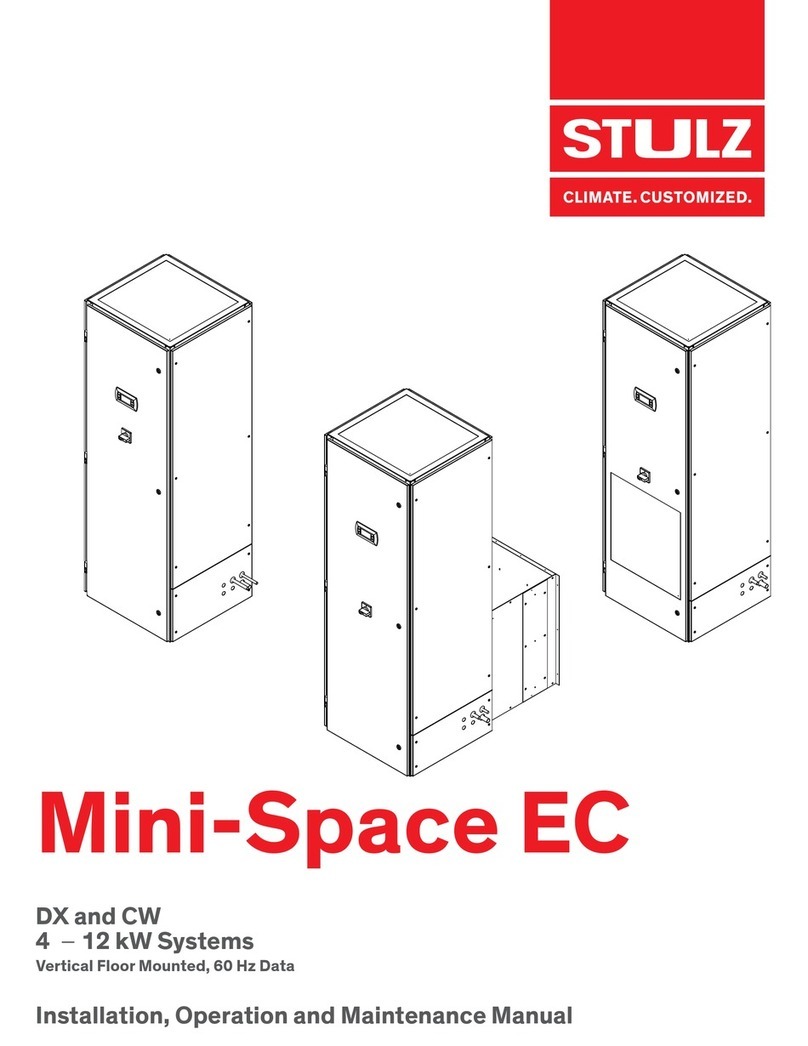
Stulz
Stulz SCS-024 User manual
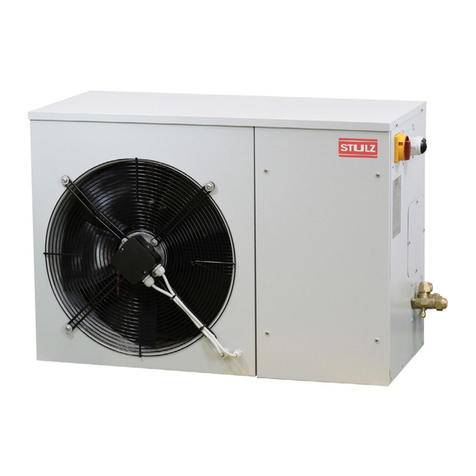
Stulz
Stulz SplitAir3 SAL40 User manual
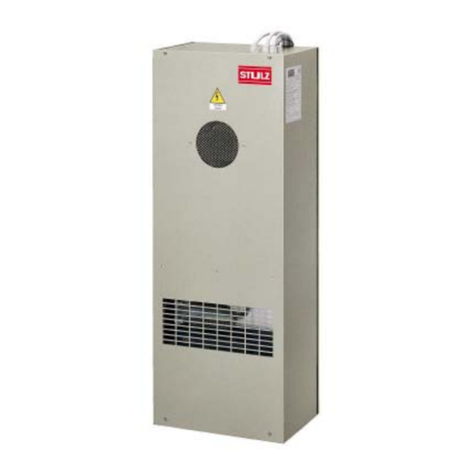
Stulz
Stulz CVC 07 001yy User manual
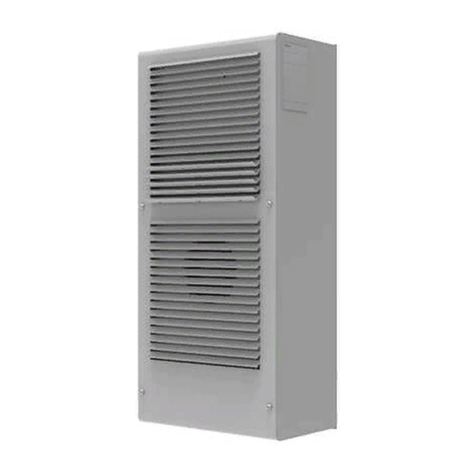
Stulz
Stulz Cosmotec CVE Series User manual

Stulz
Stulz CeilAiR Series Instruction manual

Stulz
Stulz CyberAir Mini CW User manual

Stulz
Stulz WDE Series User manual
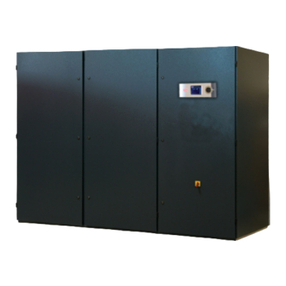
Stulz
Stulz Compact CWE User manual
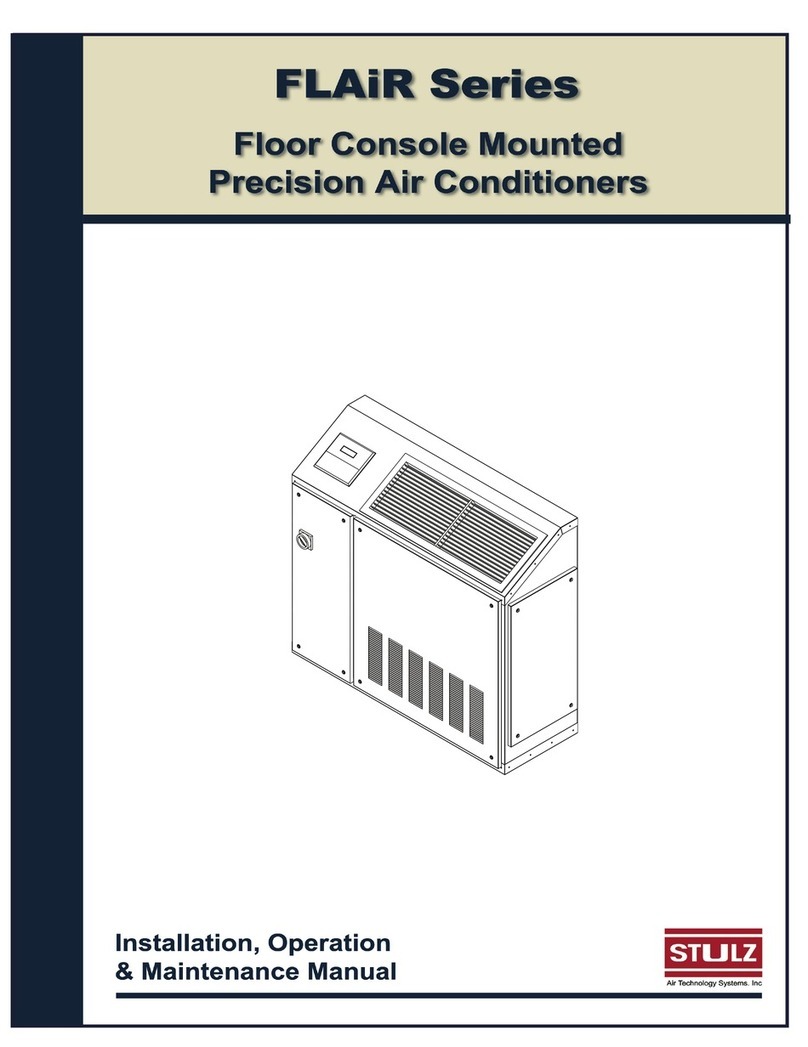
Stulz
Stulz FLAIR series General instructions
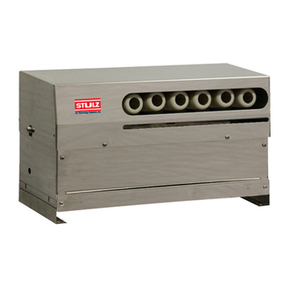
Stulz
Stulz BNB1000 User manual
Popular Air Conditioner manuals by other brands

CIAT
CIAT Magister 2 Series Installation, Operation, Commissioning, Maintenance

Bestron
Bestron AAC6000 instruction manual

Frigidaire
Frigidaire FFRE0533S1E0 Use & care guide

Samsung
Samsung AS09HM3N user manual

Frigidaire
Frigidaire CRA073PU11 use & care

Soleus Air
Soleus Air GB-PAC-08E4 operating instructions
